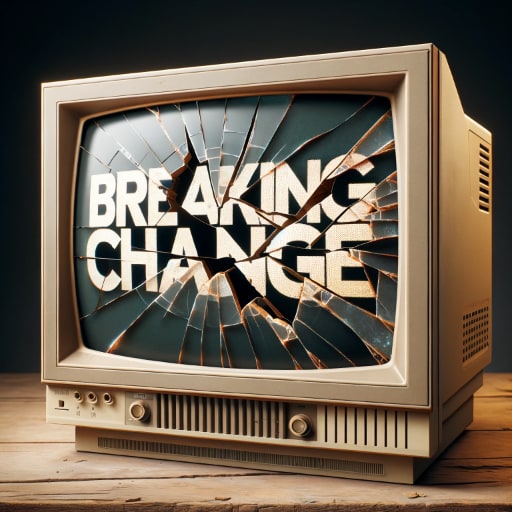Apart from being one of my favorite people—and someone whose wisdom had a big
impact on my own professional development—Joel Helbing shares a bit about his
experience giving himself just enough of a crash-course on whatever skill a
new job needs to be able to show up to work on Monday:
Then I ended the call, got in my car, and drove an hour to the nearest Borders
bookstore. I purchased two promising books on Microsoft SQL Server, went to
the bookstore’s in-house Starbucks, purchased a venti iced coffee, sat down
with those two books and a legal pad, and mapped out my weekend in fine
detail. It came down to 15 minutes for this chapter, 10 for that chapter, skip
this other chapter, etc. Then I drove home and followed my script meticulously
for the whole weekend. This was not easy for me; I’m a curiosity-driven
learner who loves to follow a thread and go deeper. Not this weekend, though.
I stuck to the plan, and on Sunday night I got back in my car and started the
long drive to my new gig.
(Imagine I spent the thirty seconds to insert a "this is the way"
GIF here.)
But seriously, Joel's not kidding. He's indeed one of the most deliberate,
curious people I've ever met, and I bet rushing through a bunch of content in
order to get his arms around a topic was acutely painful for him. But when
you're a consultant, your clients need you to be conversant in whatever they're
focused on, and frequently that means brushing up on topics and technologies
your previous ten clients weren't focused on.
Doing this was always painful for me, too. In part, because I'm a perfectionist
who really struggles to move onto chapter two until I've absorbed, critiqued,
and improved on everything the author posited in chapter one. For me, the act of
learning is an exhausting war of attrition. But when my job depended on me
showing up knowing something, I had no choice but to swallow my pride and
immerse myself in a topic uncritically in order to learn enough to be dangerous.
This is an intensely uncomfortable activity. That immersion feels like drowning
at first. I'm even feeling it this morning, as I'm upgrading a database I
haven't touched in 3 years and which I presently can't remember how to back
up—my gut is churning in worry as a result. As a consultant, though, I always
understood that the stakes were always higher for my client than for me, and
every ounce of discomfort I shouldered almost always translated to an ounce of
burden I could remove from their plate. Sometimes that meant using their
preferred technology over mine. Or assigning myself to their legacy systems so
their full-timers could be the ones to break ground on the next green-field app.
Or, and this was always the hardest for me, relenting and using their janky
issue trackers and time-keeping systems.
Some consultancies blunt this reality by deploying large teams where there are
levels of indirection between clients and practitioners—placing an engagement
manager in front of the client who can run interference while the team of
consultants behind him ramp up at a more leisurely and comfortable pace (as they
bill every hour at a full rate). Other consultancies prioritize their
convenience over their clients' needs by narrowing their services and
prescribing a single monolithic "Way" to work with them—often requiring clients
to build systems in the agency's favorite tech stack—firmly ensconcing each
consultant in a cocoon of comfort. But at Test Double, it never occurred to do
anything other than lean in and rise to the challenge of actually meeting our
clients where they are. We spent years demonstrating to our clients that no
matter how arcane their technology or byzantine their org chart, our people will
get up to speed so fast it'll make their heads spin. You get good at what you
do, and if the thing you do is stomach discomfort as you learn hard things in
service of others, then there's almost no limit to what you can accomplish.
One last note: showing up to a client following a weekend-long crash course in a
particular technology doesn't make you a fraud. Nearly twenty years in
consulting has taught me that the people most worried about misrepresenting
themselves and their abilities are the people who have the least reason to
worry. The fact they care so much almost always means they'll put in the work
when they need to. The real frauds, meanwhile, don't worry at all. And while
Joel was holed up in a Starbucks for 72 hours, I'm sure they were having a
delightful and relaxing weekend. And Joel's much richer for it, as he's gotten
four careers' worth of experience by repeatedly diving into new industries,
organizations, and technologies, whereas the real imposters only learned how to
talk a good game as they skated through life without ever stretching themselves.




